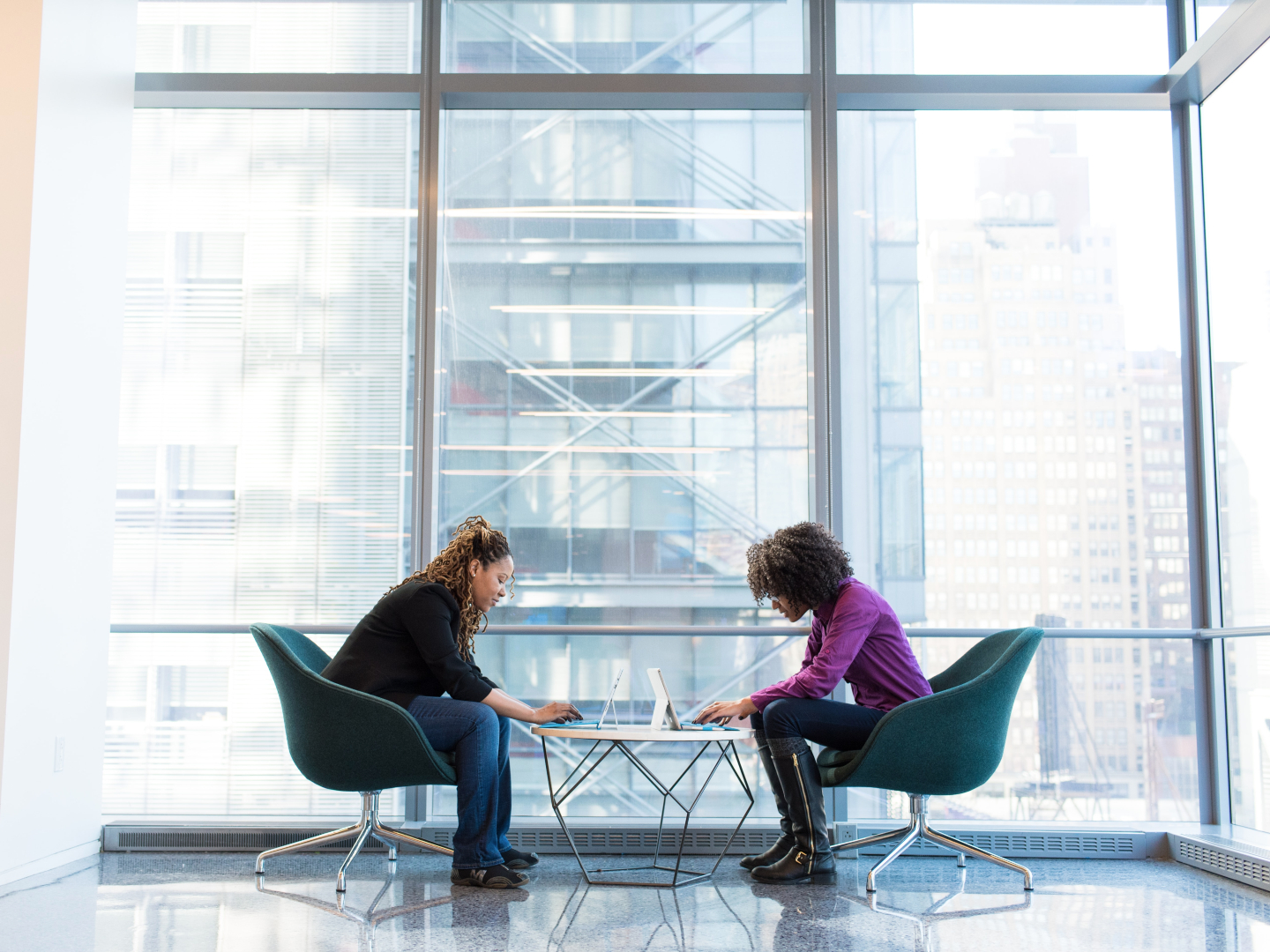
COVID-19’s hold on our country is finally loosening. More than a year after the first lockdown was put in place, the vaccine is becoming widely available. People are beginning to talk about and plan for a more business-as-usual future that incorporates pandemic recovery. And no one is more excited about the light at the end of the tunnel than Hispanic and Black consumers.
How Hispanic and Black Consumers View a Pandemic Recovery Future
A recent study by Nielsen identified consumers who fall into the consumer categories of pandemic recovery optimists and cautious optimists.
Recovery Optimists
37% of American consumers are recovery optimists, according to Nielsen. They believe that, “it will take six months or less to resume normal activities.” Most believe that it will only take three more months to get back to their pre-pandemic day-to-day lives. The consumers who are more likely to be recovery optimists are Hispanic men between the ages of 35 and 49. While these consumers are excited for the pandemic to be over, they saw it as an opportunity. COVID-19 restrictions were seen by these consumers as a chance to save their money. As a result, they are more likely than other consumers to be ready to make a big purchase, such as a house or new or used vehicle, within the next year.
Cautious Optimists
There are also consumers who are cautiously optimistic and trying to remain neutral about the promise of pandemic recovery. These cautious optimists are primarily consumers between the ages of 18 and 34 and are either Black or white. Even though these consumers are trying not to let their hopes get too high, 70% still believe that it will only take six months to get back to their everyday lives. At the same time, some believe the country won’t fully return to normal until March 2022. They also plan to make major purchases (over $500) within the first six months of COVID restrictions being eased.
Hispanic Consumer Spending
As previously mentioned, Hispanic consumers are two times more likely than others to plan to buy a house or vehicle within the next year. They are also looking forward to getting back to their pre-pandemic lifestyles. Their plans include booking vacations (71% of these consumers plan to do so) and dining out at restaurants (70%) and coffee shops and cafes (69%).
When it comes to advertising to Hispanic consumers, Nielsen recommends using mobile, online video, and social media ads. During the second quarter of 2020, these consumers “spent more than 18 hours a week watching video, streaming audio and social networking.”
Black Consumer Spending
While more Black consumers tend to fall into the cautious optimist category than Hispanic consumers, they are still more than ready to get back to living normal lives during the pandemic recovery. They are 1.3 times more likely than other consumers to plan to purchase or lease a vehicle within the next year and 1.7 times more likely to buy a house. Many also plan on treating themselves this year. They plan on visiting hair salons, barber shops, and nail salons (72%); dining out at restaurants (66) and coffee shops and cafes (65%); and taking vacations that will require airline travel (64%).
Nielsen recommends targeting Black consumers using TV, digital, and mobile ads. No matter which advertising medium your clients choose to use, the message should always include positive messages about their health and safety regulations.
If you're looking for more media types to include in your client's pandemic recovery campaign, check out their target audience's profile on AudienceSCAN on AdMall by SalesFuel to see which media types they're most receptive to.
